Our Outbreak Team can quickly respond onsite within hours and supply teams of 25 to 50 trained cleaners. This allows for a fast and efficient disinfecting of your building. DBS can then support ongoing daily disinfecting during the outbreaks.
DBS has been providing emergency cleaning services to corporations, medical clinics, and private schools for 30 years. Our team of 400 cleaners, supervisors and managers know how to keep your buildings and staff healthy.
We clean 800+ medical exam rooms nightly and are continually called to disinfect “Hot” rooms were infected patients have visited.
DBS teams have the experience cleaning and disinfecting outbreaks at private schools and corporation clients buildings.
Facilities managers turn to DBS during the flu season and when outbreaks occur. We are able to provide consultations, recommendations and the labor to quickly respond to your facility pandemic outbreaks.
We work with our clients to develop comprehensive Flu Season cleaning protocols, to mitigate potential pandemic outbreak situations.
What is Novel Coronavirus?
What is Novel Coronavirus?
Coronaviruses (CoV) are a large family of viruses that cause illness ranging from the common cold to more severe diseases such as Middle East Respiratory Syndrome (MERS-CoV) and Severe Acute Respiratory Syndrome (SARS-CoV). A novel coronavirus (nCoV) is a new strain that has not been previously identified in humans.
What are The Symptoms of Novel Coronavirus?
Common signs of infection include respiratory symptoms, fever, cough, shortness of breath and breathing difficulties. In more severe cases, infection can cause pneumonia, severe acute respiratory syndrome, kidney failure and even death.
What is The Mode of Transmission for Novel Coronavirus?
The most common transmission of all Coronaviruses is airborne (sneezing and coughing). The second most common transmission is through close contact with an infected person (shaking hands, etc.). Coronavirus can be transmitted by contacting a contaminated surface and then rubbing your eyes, ears, nose, or mouth.
Know The Difference Between Cleaning, Disinfecting, and Sanitizing
Cleaning removes germs, dirt, and impurities from surfaces or objects. Cleaning works by using soap (or detergent) and water to physically remove germs from surfaces. This process does not necessarily kill germs, but by removing them, it lowers their numbers and the risk of spreading infection.
Disinfecting kills germs on surfaces or objects. Disinfecting works by using chemicals to kill germs on surfaces or objects. This process does not necessarily clean dirty surfaces or remove germs, but by killing germs on a surface after cleaning, it can further lower the risk of spreading infection.
Sanitizing lowers the number of germs on surfaces or objects to a safe level, as judged by public health standards or requirements. This process works by either cleaning or disinfecting surfaces or objects to lower the risk of spreading infection.
Building Cleaning for Novel Coronavirus - Four Steps
#1 Cleaning The Touch Point Surfaces
It is best to first physically remove viruses/ bacteria from a surface by using a cleaner and water to physically remove pathogens from surfaces. Physical removal of a soil load does the bulk of the work. This process does not necessarily kill pathogens, but by removing them, it lowers their numbers and the risk of spreading infection. Surface cleaning is required to then allow for proper disinfecting.
#2 Disinfecting Touch Point Surfaces
First... the correct disinfectant must be chosen which has a efficacy kill claim for the Novel Coronavirus. The disinfectant must be applied to the surfaces and allowed to dwell wet for the manufacturers specified dwell time. This is often in 3-5-10 minute time periods, where the disinfectant completely covers the surface.
High Touch Points to consider:
Building Entrance Doors
Restroom Doors and Fixtures
Water Coolers/Fountain
Coffee Machines /Keurig’s
Drawer handles
Phones and keyboards
Common Area Touchscreens
Vending Machines
Light switches and Door Knobs
Elevator buttons
Fitness Center Machines and Free Weights
#3 Electrostatic Spray Disinfecting all Surfaces
While step #2 is effective for cleaning high touch point surfaces, it is not possible to wipe disinfectant to all the surfaces in your building by hand. This is due to:
a) Time restraints to perform large area hand disinfecting.
b) Surfaces are underneath tables/chairs or above the reach of your cleaners.
c) The contaminated surfaces are soft materials/cloth/carpet - wiping with a wet cloth is ineffective.
Electrostatic sprayers electrically charge and spray the disinfectants on all surfaces. This causes the disinfectants to wrap around surfaces and electrically cling. Electrostatic sprayers can easily apply disinfectants at rates of 10,000+ feet per hour to buildings. This allows for fast and cost effective disinfecting of your buildings.
#4 Repeat Cleaning, Disinfecting and Electrostatic Spraying
When outbreaks occur … cleaning, disinfecting and electrostatic spraying must be done nightly. Managers must evaluate the needs of their buildings and consider increasing the frequency of their cleaning and disinfecting services. High touch points are often additionally daily serviced multiple times during outbreaks.
Customers turn to Diversified Building Services for:
Emergency COVID-19 exposures.
Proactive preventative cleaning and disinfecting services.
Day Porter for continual high touch point cleaning throughout the day.
Cleaning and disinfecting of buildings to reopen.
DBS actively cleans and disinfect these spaces to minimize the spread of COVID-19 and other known pathogen’s:
Medical clinics and hospitals
University and private schools
Library’s
Corporate offices
Commercial kitchens and dining areas
Manufacturing cells
Distribution centers
Fitness centers and gyms
Public entertainment venues and theaters
Commercial truck cabs
Police and security vehicles

